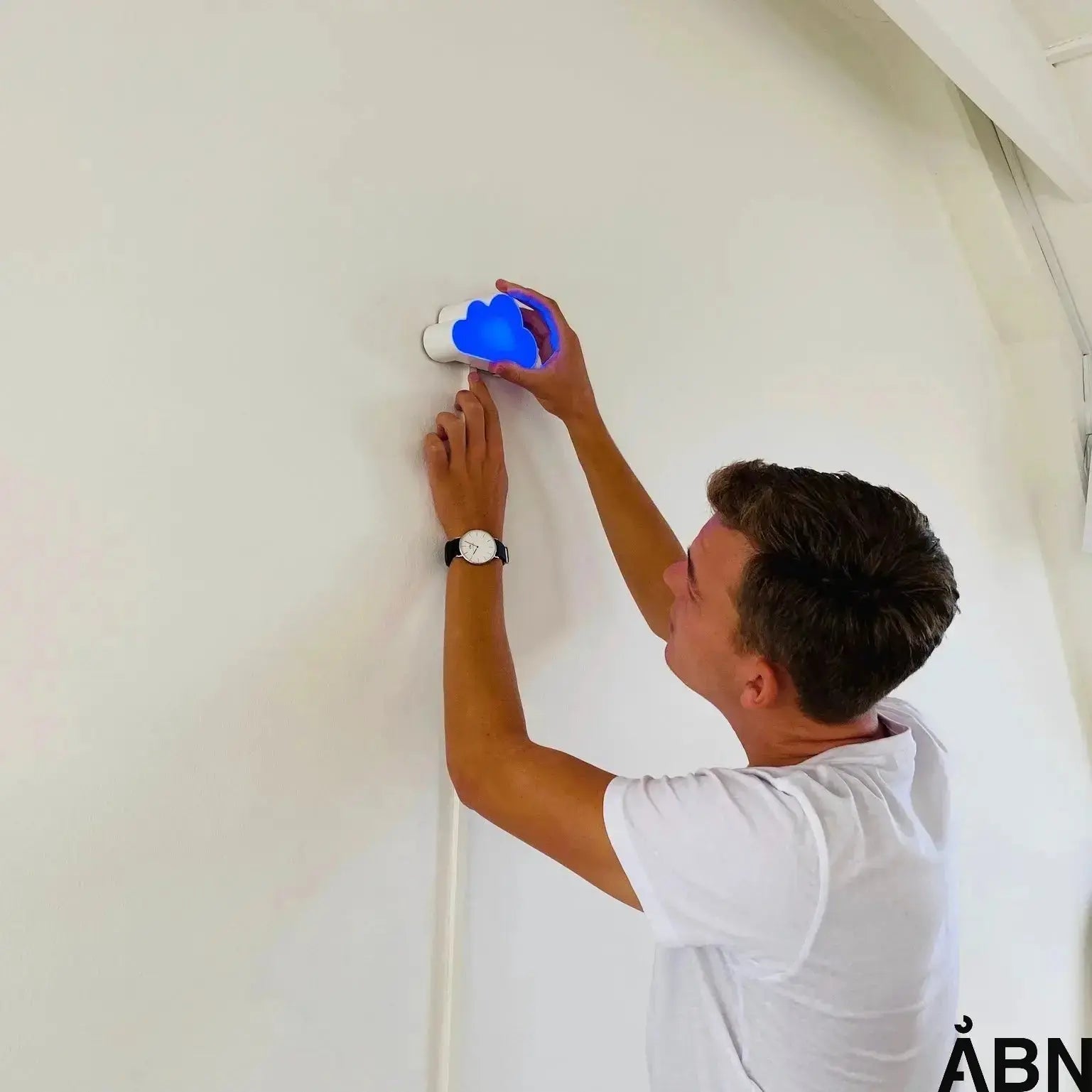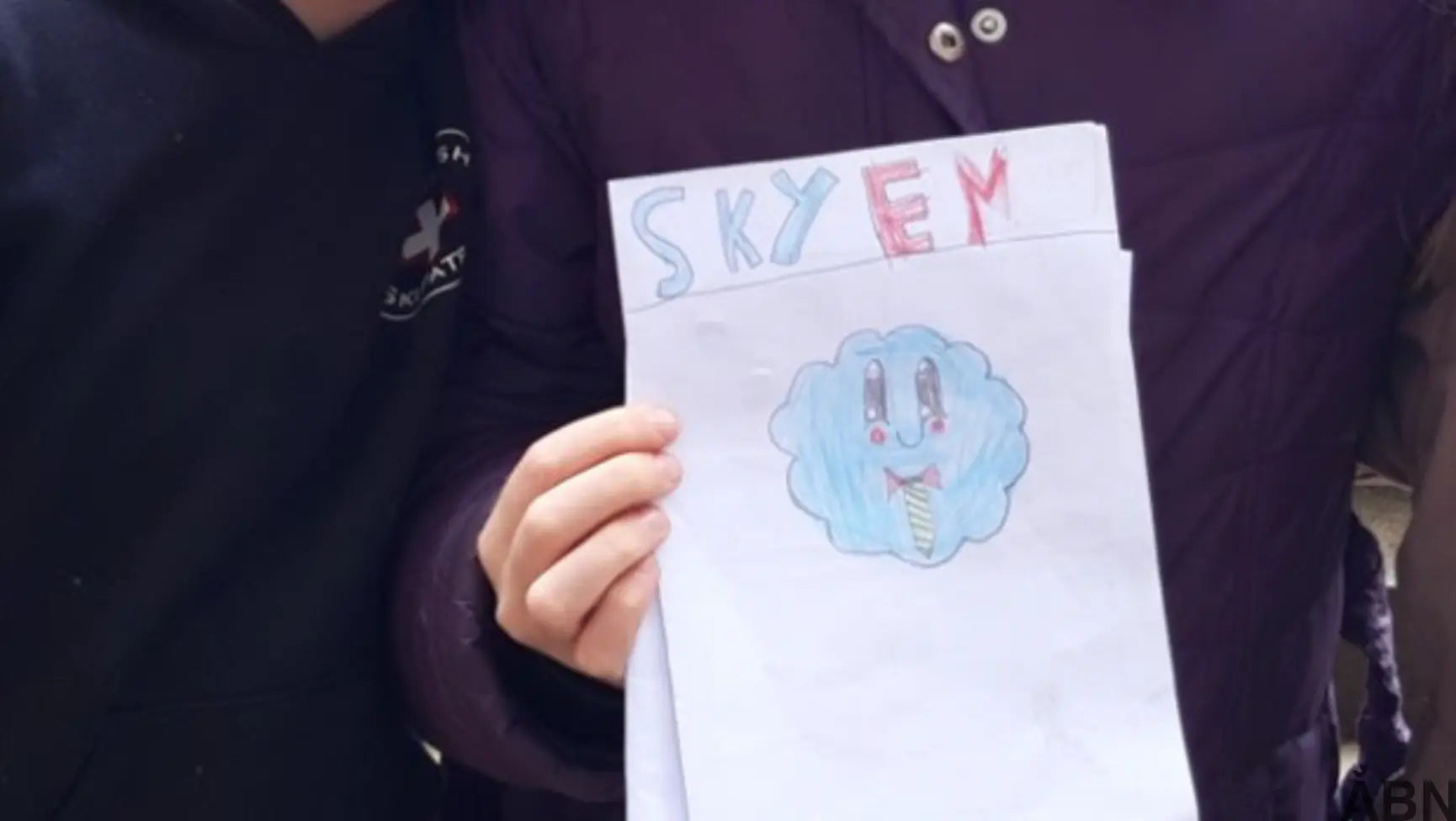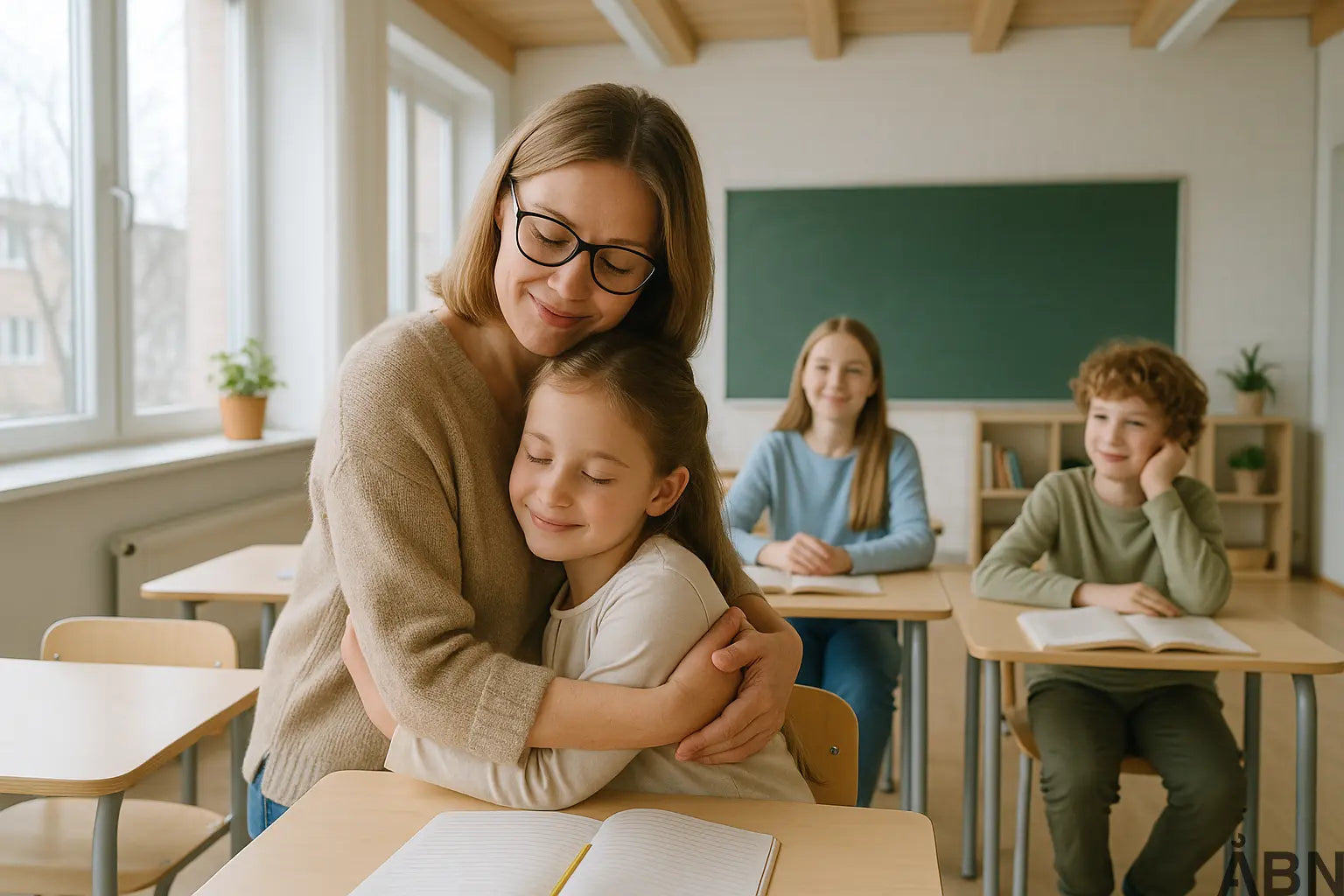In 2.x at Øster Farimagsgades School, there are no expensive ventilation systems. Here, a small meter helps make the students co-responsible for the classroom's indoor climate. And it works really well, says their teacher.

Three of the students in 2. X are working on a comic about 'The Cloud's' path from the sky to their classroom. The Cloud
Photo: Stine Grynberg Gryn
"When you start to get a headache, it's often too late to start ventilating," says Anne-Mette Thiel Hansen, a teacher at Øster Farimagsgades School in Copenhagen. She is one of the 2.x class teachers, whose classroom is located in a five-year-old extension to the school. According to building regulations, such a new building should be so well ventilated and temperature-controlled that in theory it should never be necessary to open the windows. Unfortunately, the extension is plagued by several problems - among them the ventilation system is not working. Therefore, the class is referred to so-called natural ventilation, also known as 'opening the windows', preferably before the CO2 level in the classroom rises to levels that cause headaches and difficulty concentrating.
This means that 2.xi is in the same boat as hundreds of school classes across the country, which are also located in buildings with poor or no mechanical ventilation and thus higher concentrations of CO2 than the Danish Working Environment Authority recommends. Studies from the Technical University of Denmark show that excessive concentrations of CO2 inhibit students' learning by 10 to 15 percent, and also cause headaches and other physical discomfort.
The 'cloud' tells you when to open the window
But 2.x at Øster Farimagsgades School has got a helper that few Danish schoolchildren have: 'The Sky'.
The 'cloud' is a small measuring device shaped like - yes, a cloud - which lights up blue when the CO2 level is below 1000 ppm, which is the maximum recommended by the Danish Working Environment Authority. If this is exceeded, the colour changes to red - and then the room must be aired out, preferably for 10 minutes with a thorough draft. The meter hangs next to the electronic board so that the students can keep an eye on it and point it out when it changes colour. And they do, confirms Anne-Mette Thiel Hansen. The class has learned about CO2, good indoor climate and effective ventilation, so they understand what is behind the 'cloud's' colour change and they are very committed to it.
"The cloud helps students take responsibility for the indoor climate in the classroom," she says. "Of course, it is ultimately the teacher's responsibility to remember to ventilate, but in everyday life there are so many other things to keep track of when teaching, so it's probably not what's at the forefront of their minds. With the cloud, all students can participate, and I've noticed that it helps the children to be aware of their surroundings, so they quickly notice when it changes color. They all take ownership of the classroom in a new way. In that way, the cloud has a good slipstream, if you can put it that way. It has become a community thing."
Øster Farimagsgades Skole is a popular elementary school, and there are typically 28 students in the classes. And many people in relatively small rooms without effective ventilation creates a poor indoor climate. So the school has purchased 8-10 'clouds' and placed them in places they have assessed as particularly problematic, including 2.x's classroom.
Cheap solution
It is a less practical - and extremely cheap - solution compared to installing mechanical ventilation systems, but according to both school principal Axel Bech and teacher Anne-Mette Thiel Hansen, it works really well.
"Initially, there was a tendency for students to panic when the 'cloud' turned red, but it quickly became everyday life for them," says Alex Bech, who calls the solution a 'sensible concept' and would not hesitate to recommend it to other schools.
"Occasionally it can be a problem to create a draft in the classroom because there can be noise in the hallway so we can't open the door. Then we have to make do with opening the windows. But that's rare," says Anne-Mette Thiels Hansen.
She experiences the cold in the winter months as unproblematic:
"It's not that bad. Sometimes we have to move the most disruptive students away from the windows, but there are some things we find solutions for along the way. There are plenty of students who just think it's nice to be cooled down a bit in the window seat."
This article was written by Folkeskolen.dk and can be read here:
https://www.folkeskolen.dk/659807/lavpraktisk-koebenhavnerskole-aabner-vinduet-naar-der-mangler-ilt









